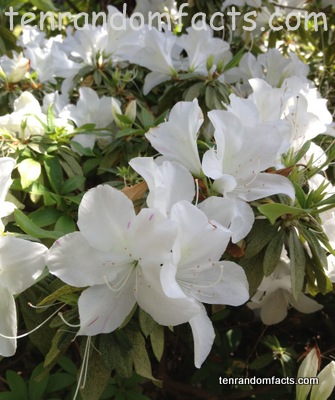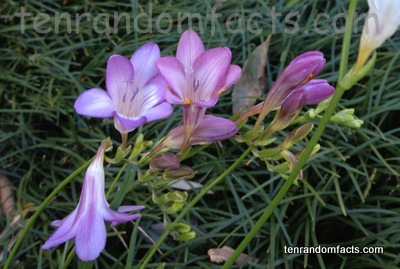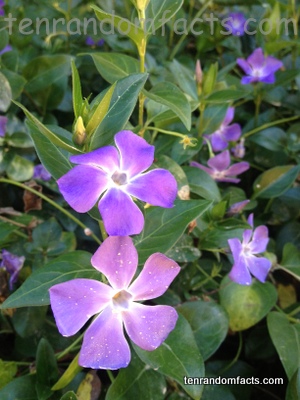
“Tip-toe through the tulips!”
- Tulips are eye-catching plants, 1o to 71 centimetres (4 to 28 inches) in height, and are grown from bulbs.
- Tulips are often thought to be endemic to the Netherlands, however they were introduced there and are actually native to parts of the Middle East and Central Asia, most notably Turkey.
- The scientific name for tulips is tulipa, and they come from the family liliaceae, which is the family of lilies.
- There are 150 species of tulip and 3000 varieties, and they generally have two to six green leaves but can have up to 12 leaves.
- The Netherlands produces 3 billion bulbs every year, more than any other country, and is the main exporter of commercial tulips.
- Variegated patterns on tulips were originally caused by a mosaic virus known as ‘tulip breaking virus’ spread by the flower pest, aphids, however the patterns on modern varieties are usually a result of special breeding.
- The largest collection of growing tulips can be found in the Netherlands garden, Keukenhof.
- Tulip flowers bloom in spring, and can be red, yellow, orange, blue, purple, pink and white in colour.
- Tulips are one of the most popular flowers in the world, but they do not like warm climates and grow well in cold temperatures.
- Allergen chemicals can be found in tulips, as well as the chemical ‘tulipanin’ that is poisonous to dogs and cats.
Bibliography:
Facts about Tulips, n.d, Lifestyle Lounge, <http://lifestyle.iloveindia.com/lounge/facts-about-tulips-5119.html>
Tulip, 2013, Wikipedia, <http://en.wikipedia.org/wiki/Tulip>




















